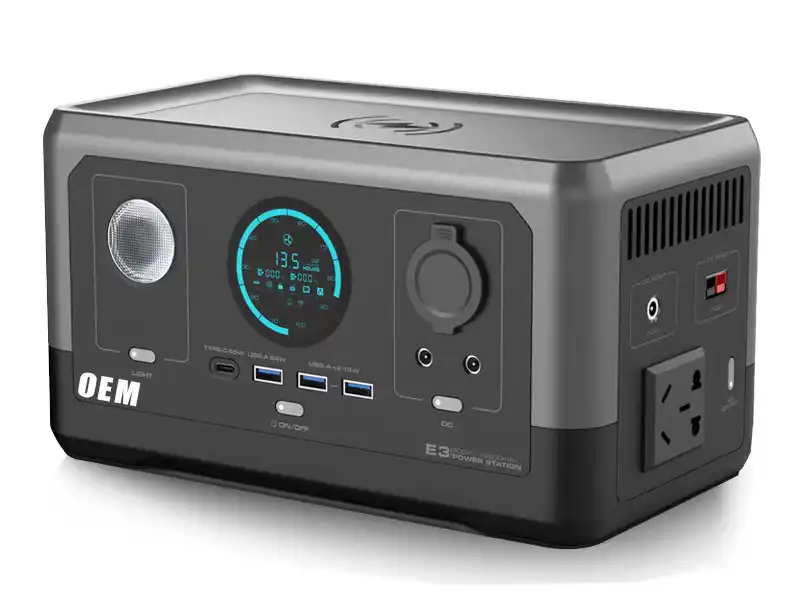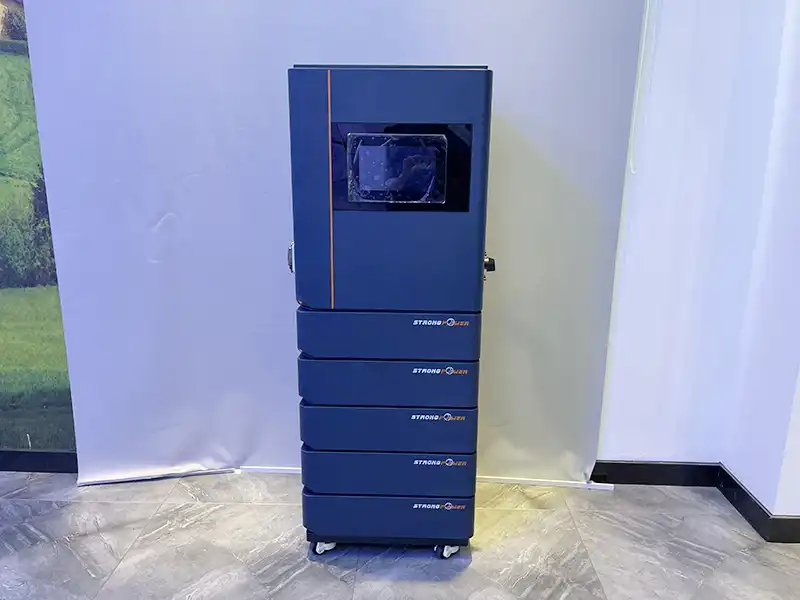How to configure a suitable home energy storage system
A home energy storage system transforms solar or wind energy into electrical power, storing surplus electricity for household use and returning it to the grid when necessary.
Home energy storage systems come in two main types: single integrated energy storage systems and photovoltaic integrated energy storage systems.
- Single Integrated Energy Storage System
A single integrated energy storage system functions similarly to a large-capacity power bank. Its operation mirrors that of a mobile phone power bank, where it stores electricity from the household mains into an energy storage device to serve as a backup power source. In the event of a sudden power outage, the stored electricity can be used to power the household.

These systems can often be connected not only to the mains but also to other power sources such as photovoltaics and diesel generators.
The choice of battery is crucial in a single integrated energy storage system. Currently, the main battery technologies used in energy storage include lithium-ion batteries and lead-acid batteries. Lithium iron phosphate (LiFePO4) batteries are particularly favored due to their high safety and long cycle life, making them more suitable for energy storage applications compared to lead-acid batteries.
- Photovoltaic Energy Storage System
A photovoltaic energy storage system is a comprehensive setup that combines a photovoltaic power generation system with an energy storage system. This integration allows users to directly use solar power to meet their household electricity needs, reducing reliance on the public grid and even enabling complete independence from it.
Besides providing energy storage and backup functions, photovoltaic energy storage systems offer the potential to generate additional income. Users can sell surplus power back to the grid and take advantage of peak electricity prices.

Modern photovoltaic energy storage systems feature an integrated design that supports stacking battery modules. This allows users to adjust the battery capacity according to their power needs at different times, ensuring flexible and scalable energy storage solutions.
How to Choose a Home Integrated Energy Storage System
When selecting a home integrated energy storage system, energy storage capacity is a critical factor. The system should have sufficient capacity to meet the household’s electricity needs. Additionally, configurability is important. Systems with various configuration options can better meet different households’ needs and allow for the transfer of excess electricity to the grid, enhancing cost-effectiveness.
Strong Power Electric’s integrated energy storage system features fast charging speeds, includes a photovoltaic system, and can be configured with up to 35 kWh of energy storage capacity.
Ultimately, whether you opt for a single integrated energy storage system or a photovoltaic integrated energy storage system depends on your specific needs. If the primary purpose is backup power, a single integrated energy storage system is recommended. However, if you aim to save on electricity bills, generate additional income, or provide DC power supply for new energy equipment, a photovoltaic integrated energy storage system is the better choice.



